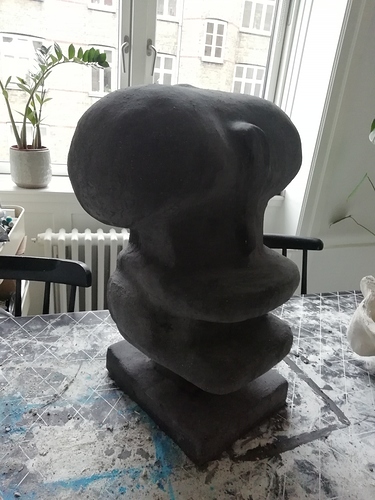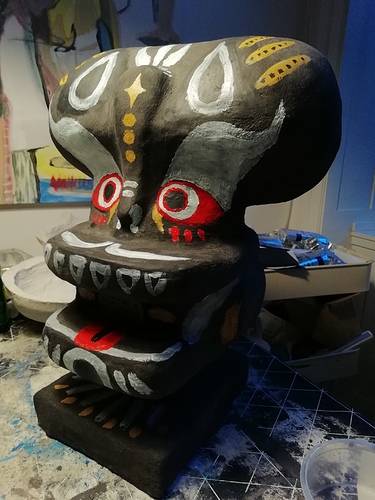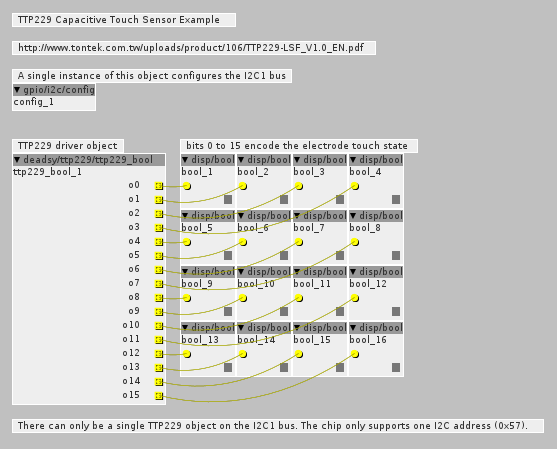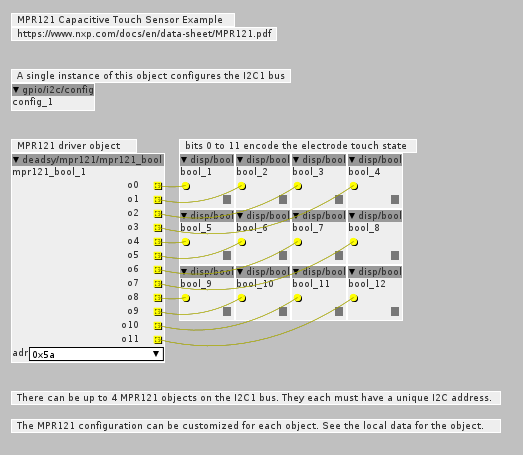Would writing a i2c driver be a bigger task, or a small one for an experienced coder?
I need a driver, but have no coding knowledge whatsoever. I would have to learn coding for this one-off thing, and I would do it, if that is what it takes.
But if one of you guys would help me, I would be interested in making it worth your while.
As said, I am a visual artist, I have made several record covers, and have a broad range of skills in that department. I would also be willing to pay for the job, but I fear that sends bad vibes, since I believe this is a community for people that share ideas freely.
Any ideas or direct feedback would be great.
I think a lot of you would be enthusiastic about my project. I'll share some info and pictures of where I am in the project later.
I am making a sculpture that is a synth, but you won't see the electronic components. It's sort of a ritual mask on a stander. Heavy, stonework feel. Inspired by Indian paper meche masks, and old African ritual masks. Basically I need the driver to make the copper teeth into a keyboard.
Still in an early prototyping face, but here is a photo of where I am with the mask.
Hope you can help me.
Cheers.



 Thanks a lot for your feedback. It is so helpful.
Thanks a lot for your feedback. It is so helpful.

 two of those plates, one for volume, one for pitch...
two of those plates, one for volume, one for pitch...